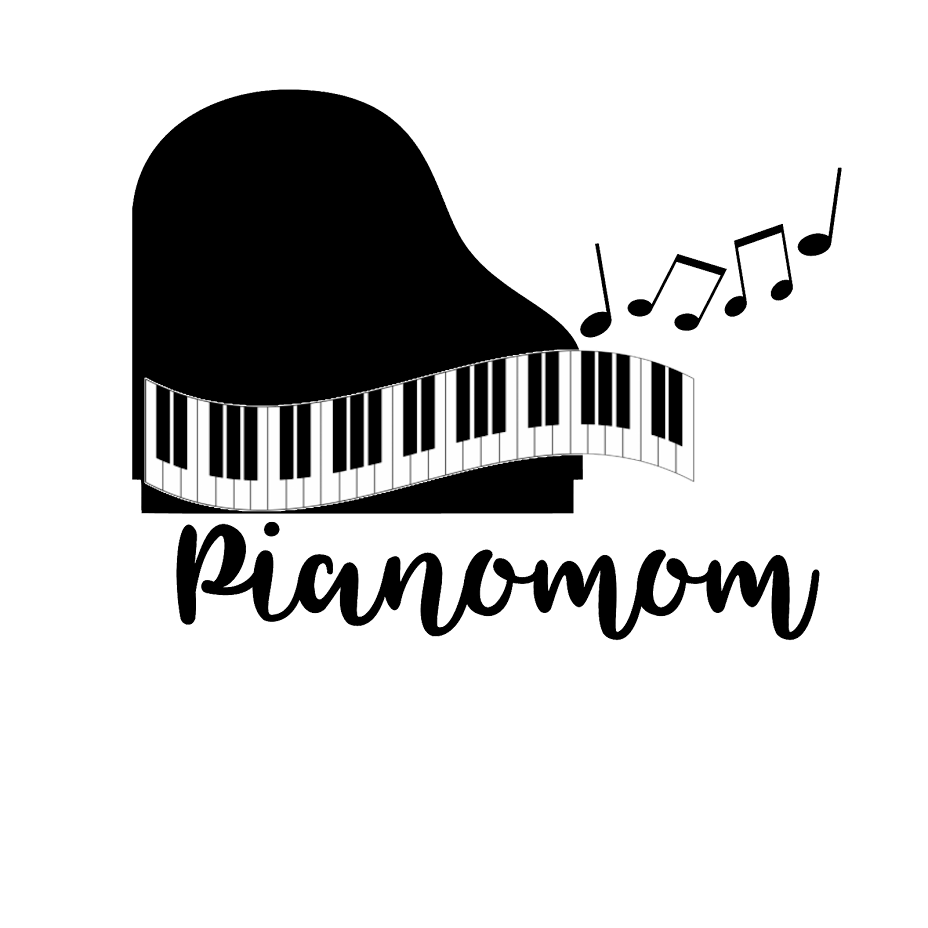

John Philip Sousa was born in Washington, D.C. on November 6, 1854 to António de Sousa and Maria Elisabeth Trinkhaus. His parents were of Portuguese, Spanish, and Bavarian (German) descent.[2] Sousa started his music education by playing the violin as a pupil of John Esputa and G. F. Benkert for harmony and musical composition at the age of six. He was found to have absolute pitch. When Sousa reached the age of 13, his father, a trombonist in the Marine Band, enlisted his son in the United States Marine Corps as an apprentice to keep him from joining a circus band. Sousa served his apprenticeship for seven years until 1875 and apparently learned to play all the wind instruments while honing his mettle with the violin.
On December 30, 1879, Sousa married Jane van Middlesworth Bellis (1862–1944). They had three children together: John Philip Sousa, Jr (April 1, 1881 – May 18, 1937), Jane Priscilla (August 7, 1882 – October 28, 1958), and Helen (January 21, 1887 – October 14, 1975). All are buried in the John Philip Sousa plot in the Congressional Cemetery. Jane joined the Daughters of the American Revolution in 1907.
Several years later, Sousa left his apprenticeship to join a theatrical (pit) orchestra where he learned to conduct. He returned to the U.S. Marine Band as its head in 1880 and remained as its conductor until 1892. Sousa led The President's Own band under five presidents from Rutherford B. Hayes to Benjamin Harrison. Sousa's band played at two Inaugural Balls, including James Garfield in 1881, and Benjamin Harrison in 1889.[3][4]
Sousa organized his own band the year he left the Marine Band. The Sousa Band toured from 1892–1931, performing at 15,623 concerts.[5] In 1900, his band represented the United States at the Paris Exposition before touring Europe. In Paris, the Sousa Band marched through the streets including the Champs-Élysées to the Arc de Triomphe – one of only eight parades the band marched in over its forty years.
The marching brass bass, or sousaphone, was created in 1898 by C. G. Conn at Sousa's request for a tuba that could sound upward and over the band whether it was seated or marching.
Sousa repeatedly refused to conduct on the radio, fearing a lack of personal contact with the audience. He was finally persuaded to do so in 1929 and became a smash hit.[citation needed]
Sousa lived in Sands Point, New York. There is a school (John Philip Sousa Elementary) and a band shell named after him and there is also a memorial tree planted in nearby Port Washington. Wild Bank, his seaside house on Hicks Lane, has been designated a National Historic Landmark, although it remains a private home and is not open to the public.
Sousa died of heart failure at the age of 77 at approximately 1:30 in the morning on March 6, 1932, in his room on the fourteenth floor of the Abraham Lincoln Hotel in Reading, Pennsylvania. He had conducted a rehearsal of "Stars and Stripes Forever" earlier that day with the Ringgold Band. He is buried in Washington, D.C.'s Congressional Cemetery.

No comments:
Post a Comment